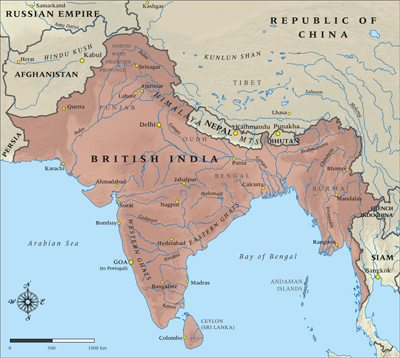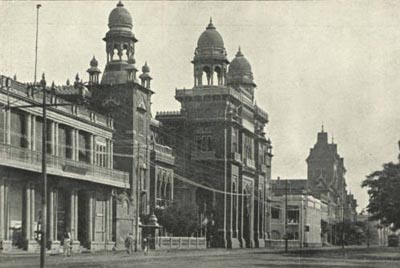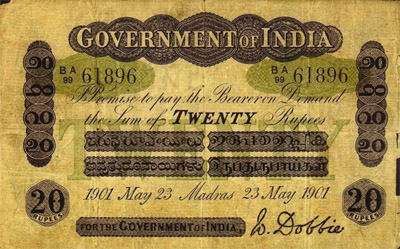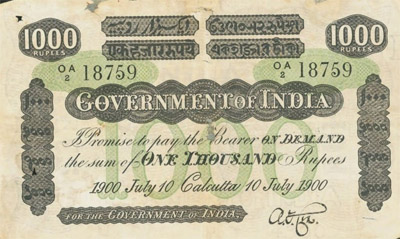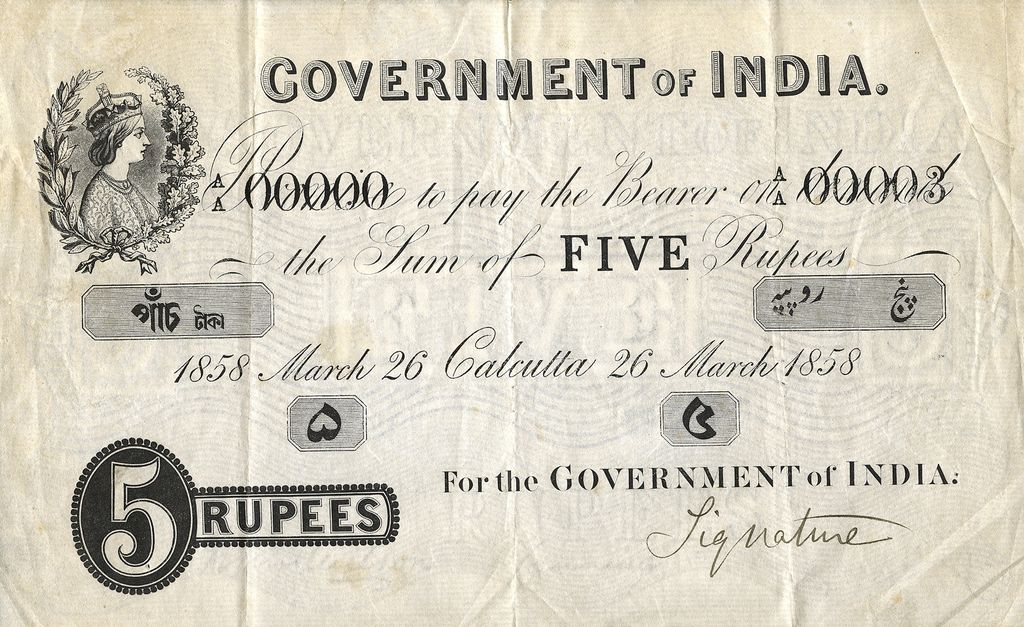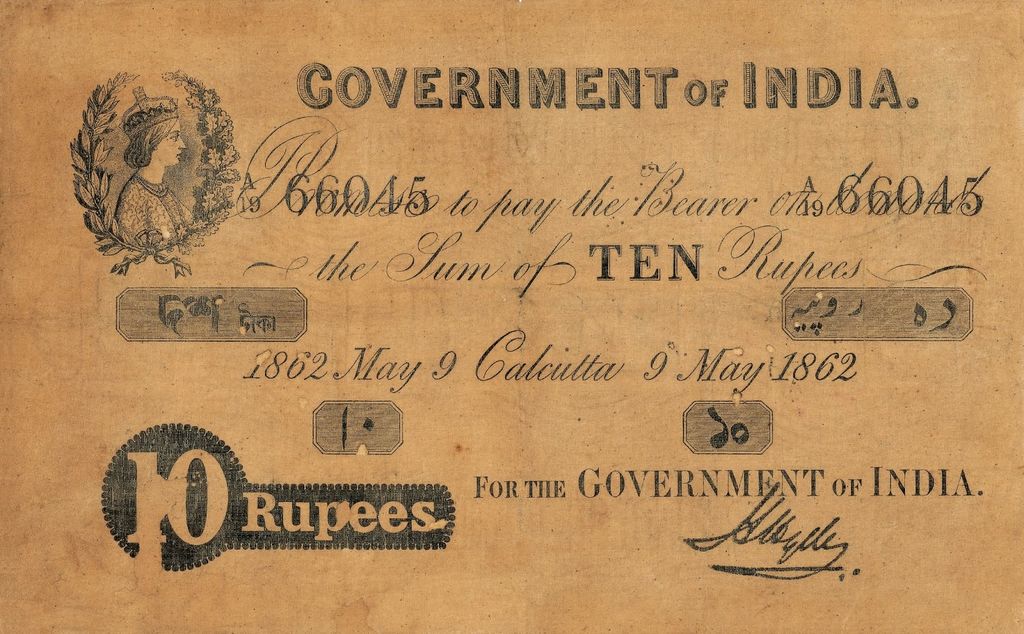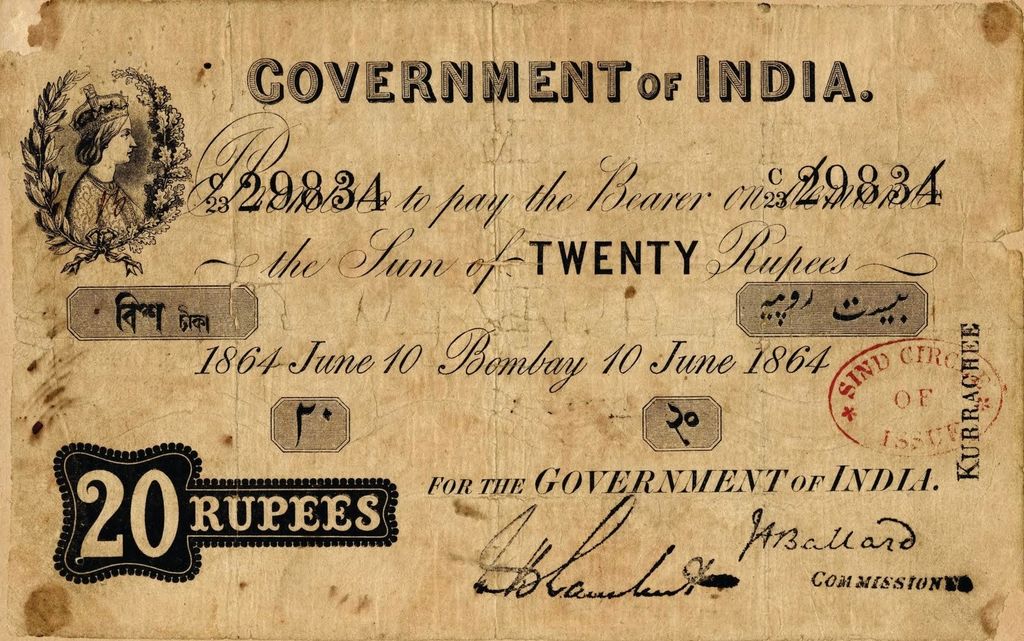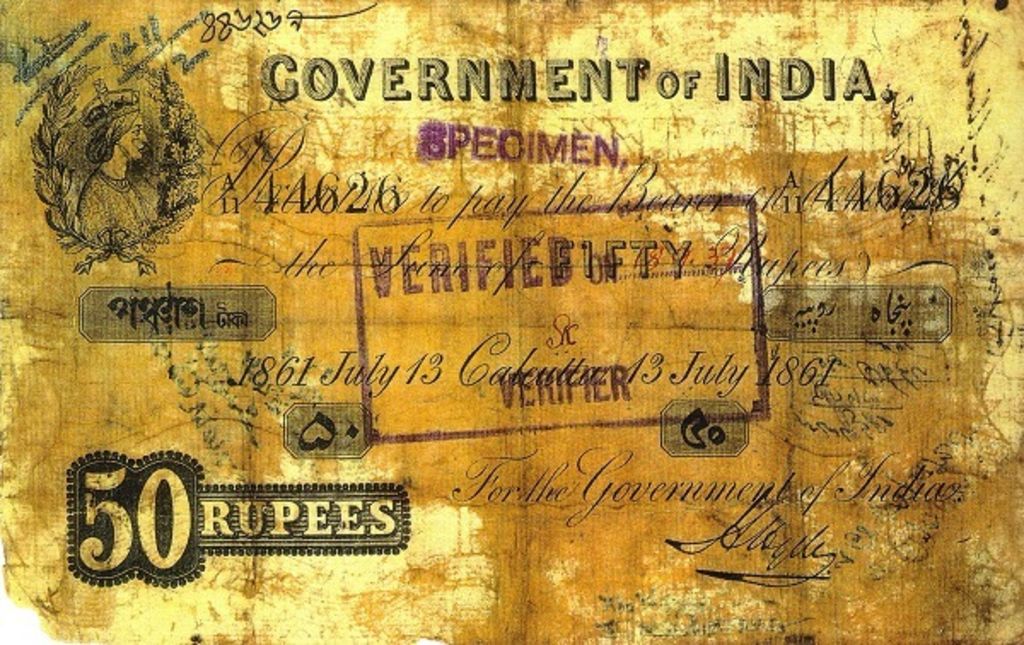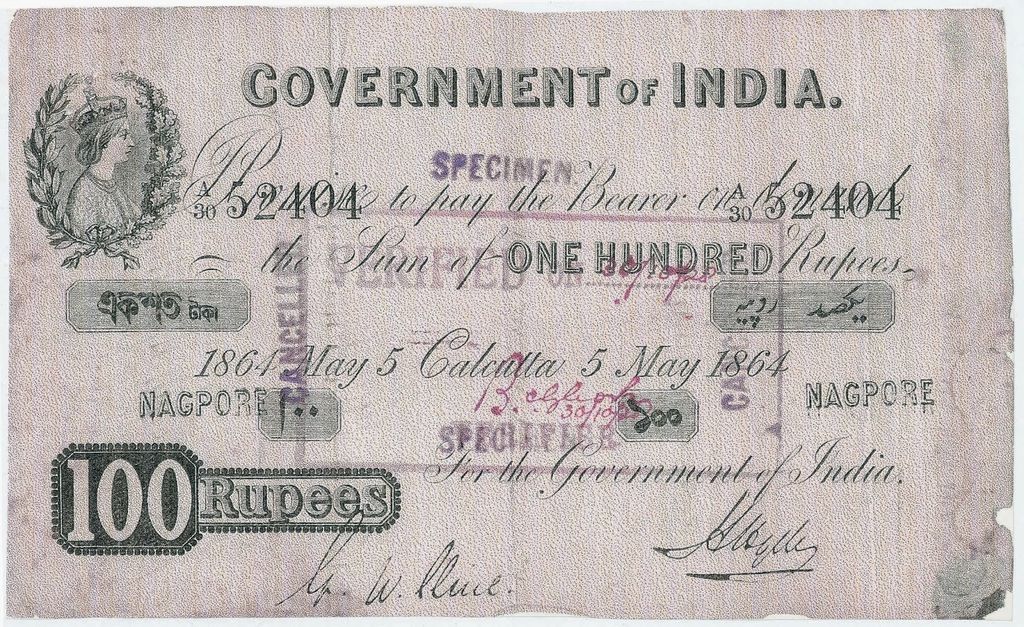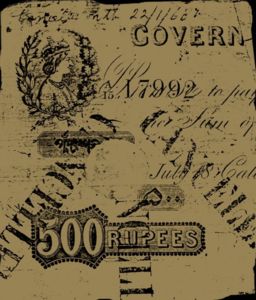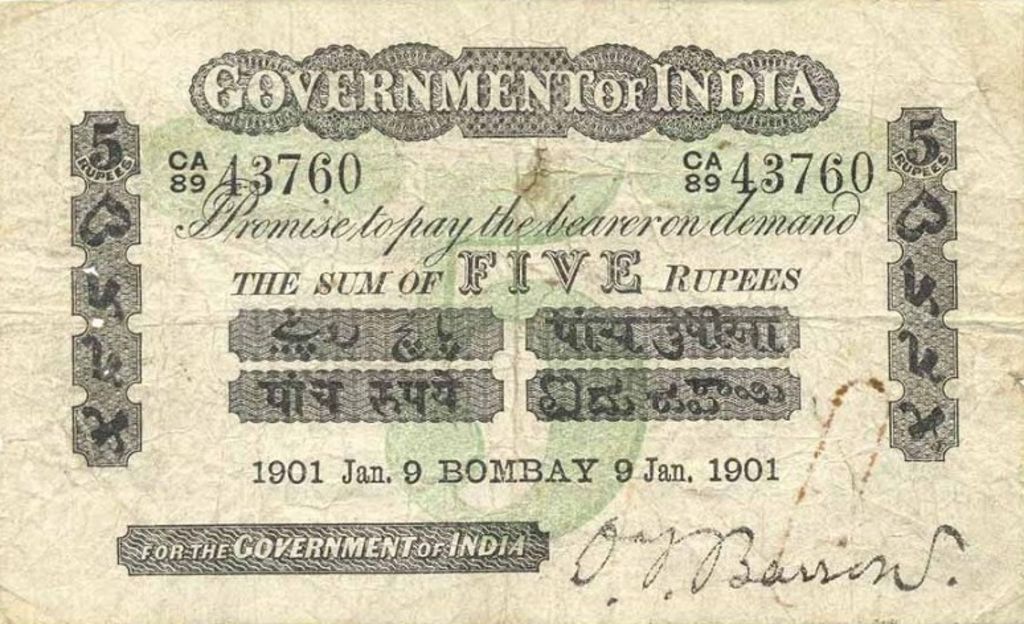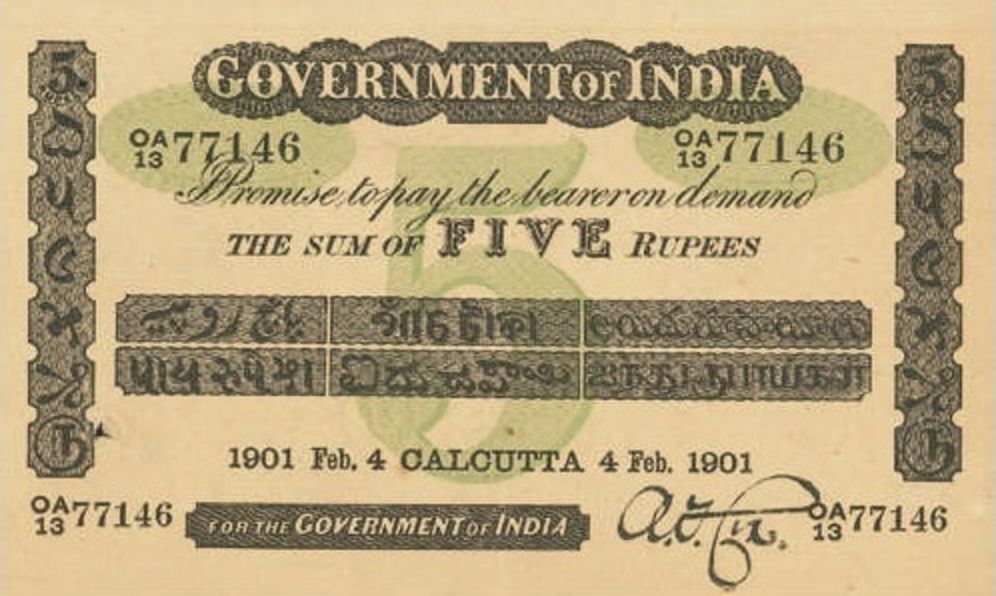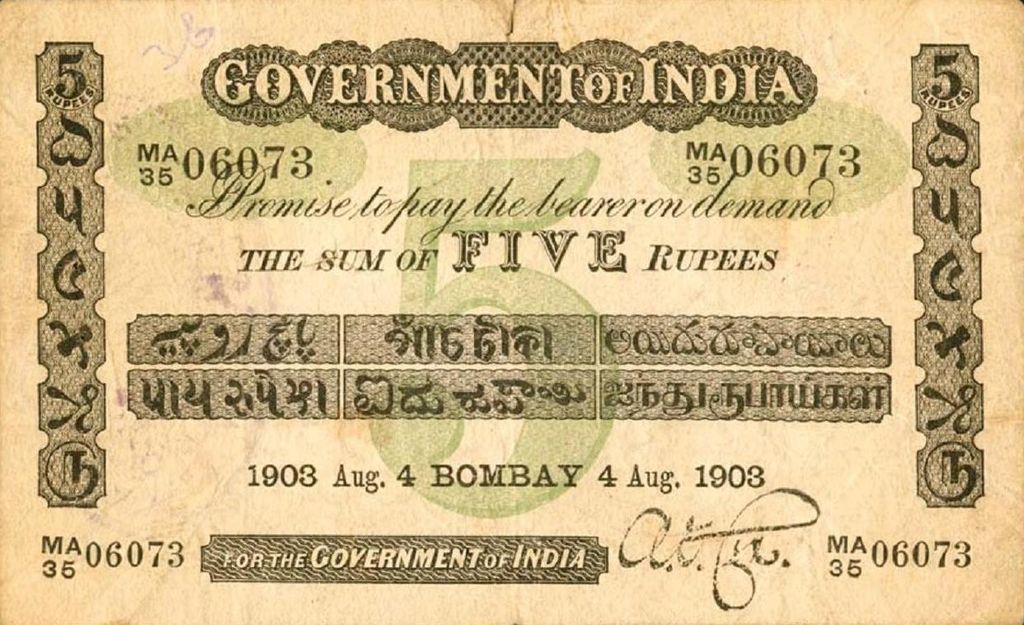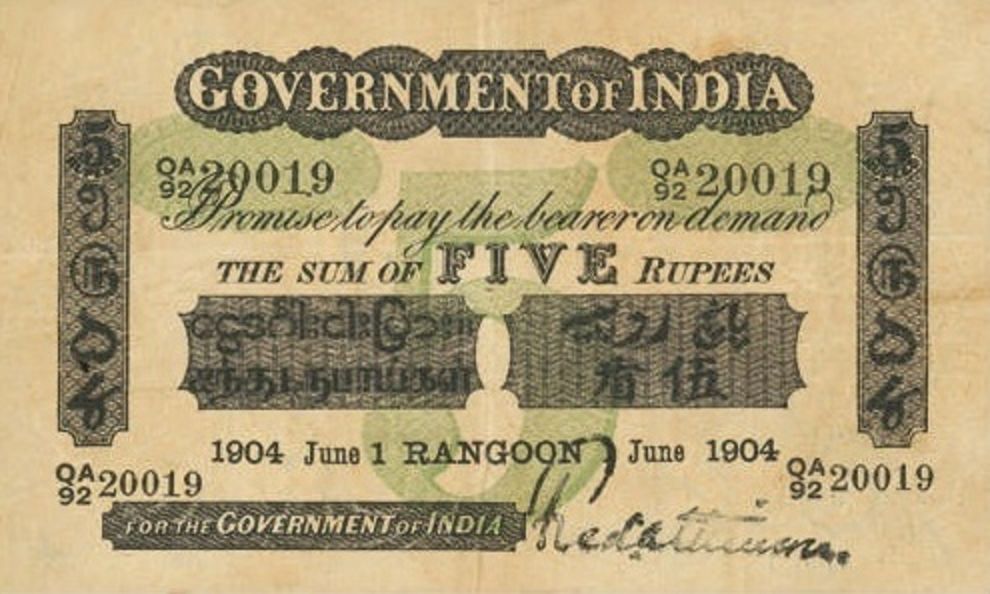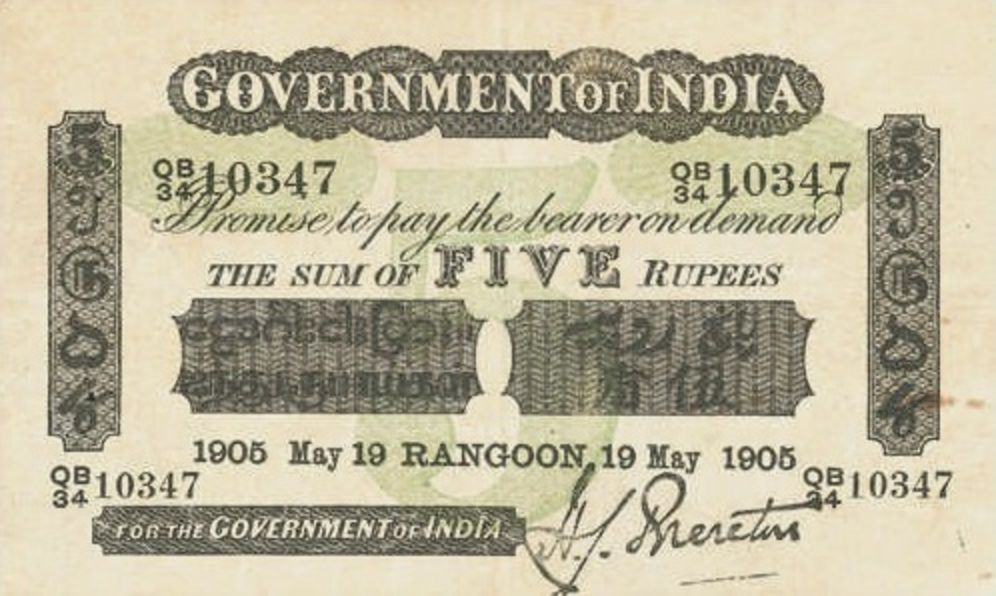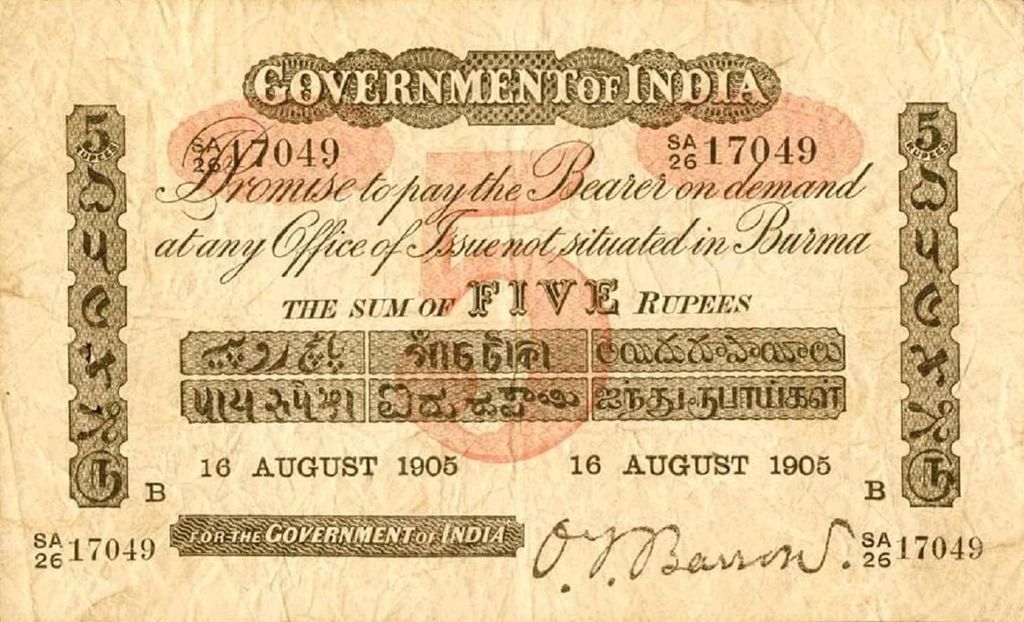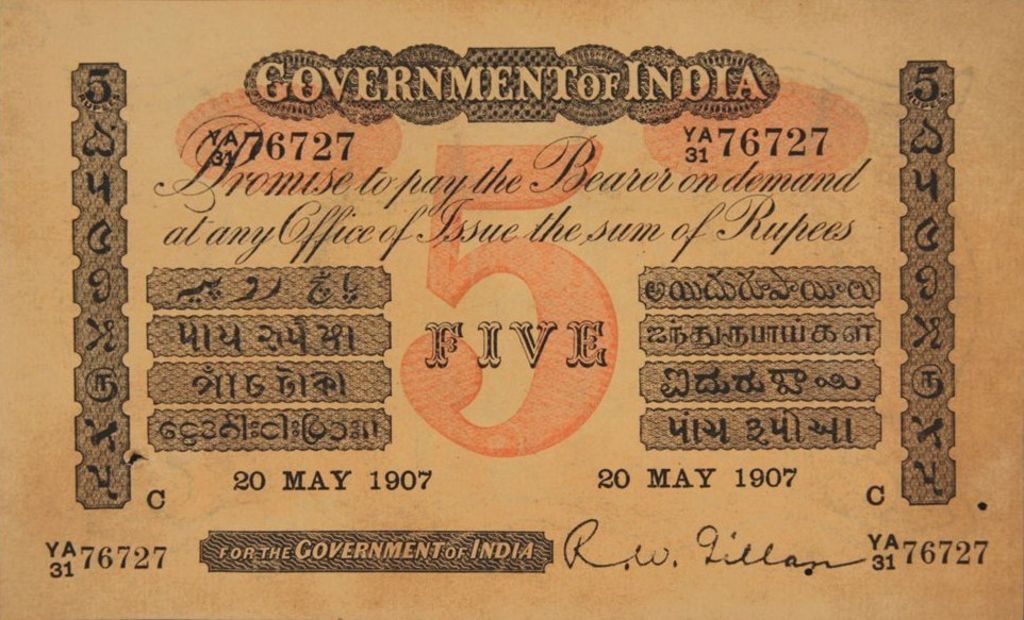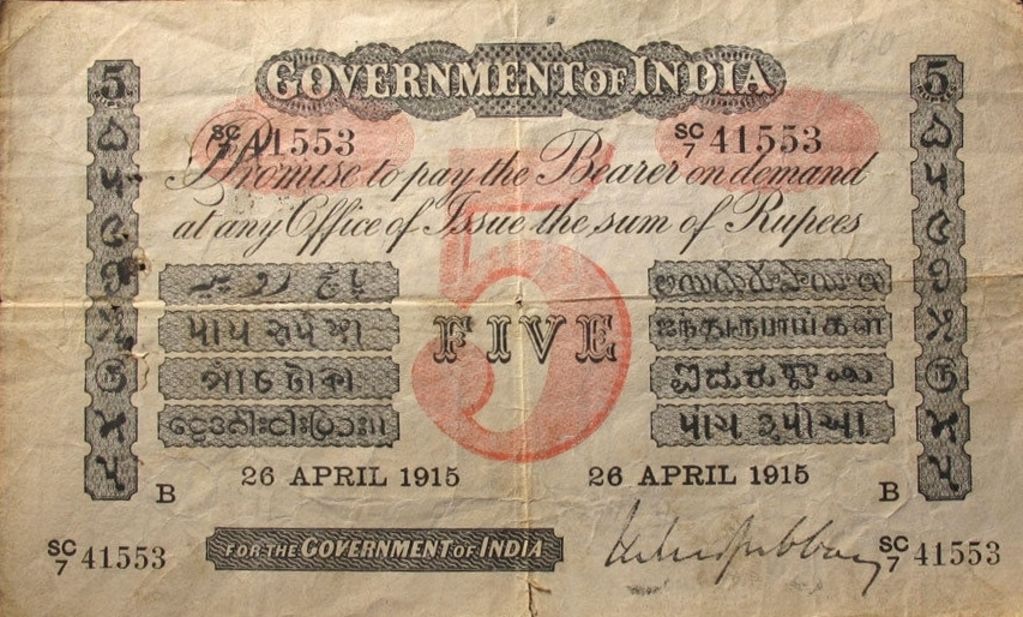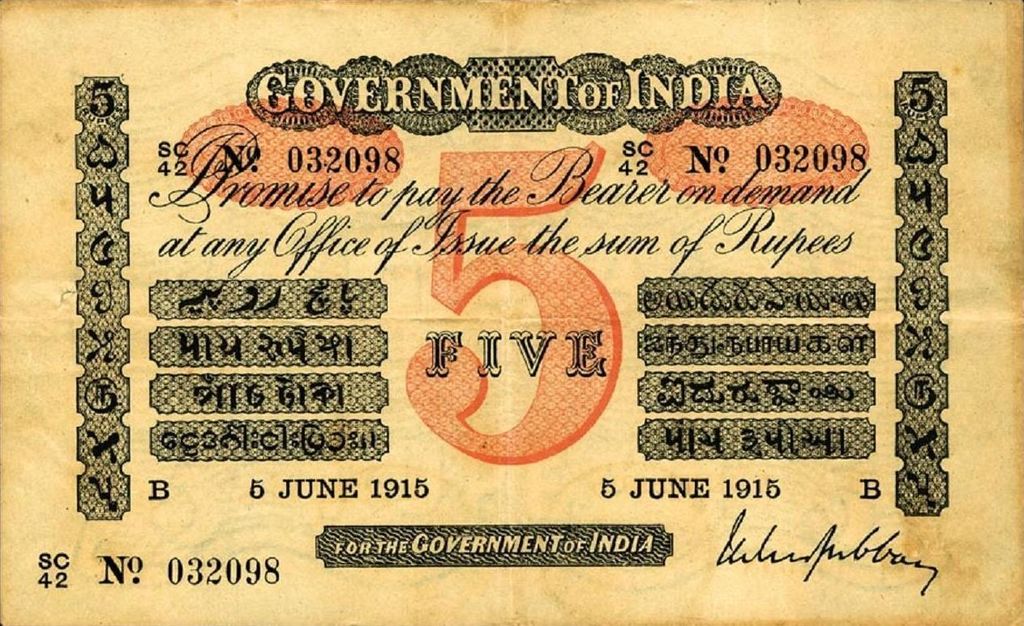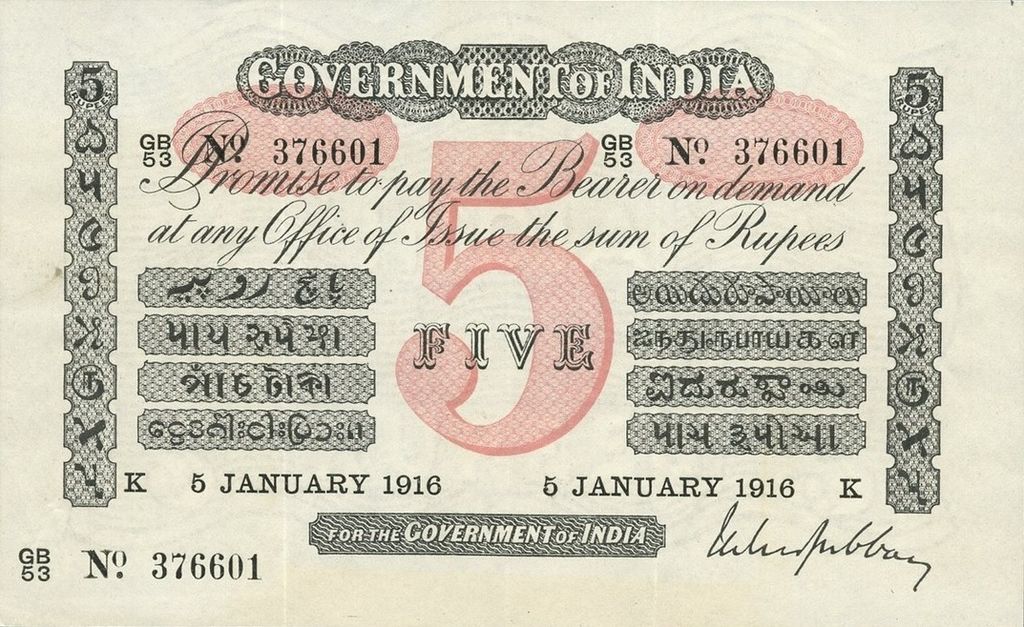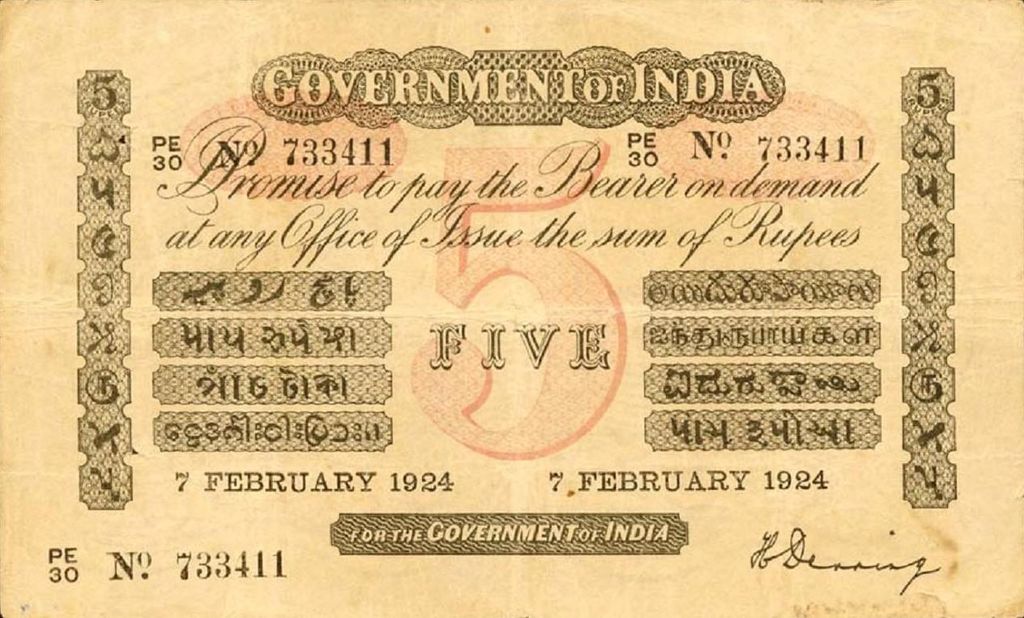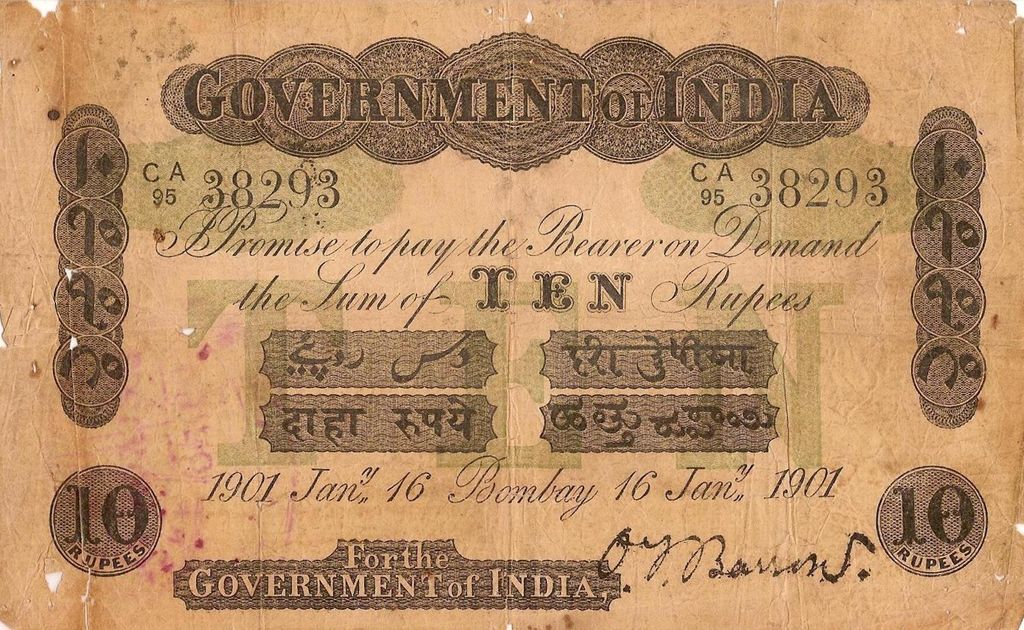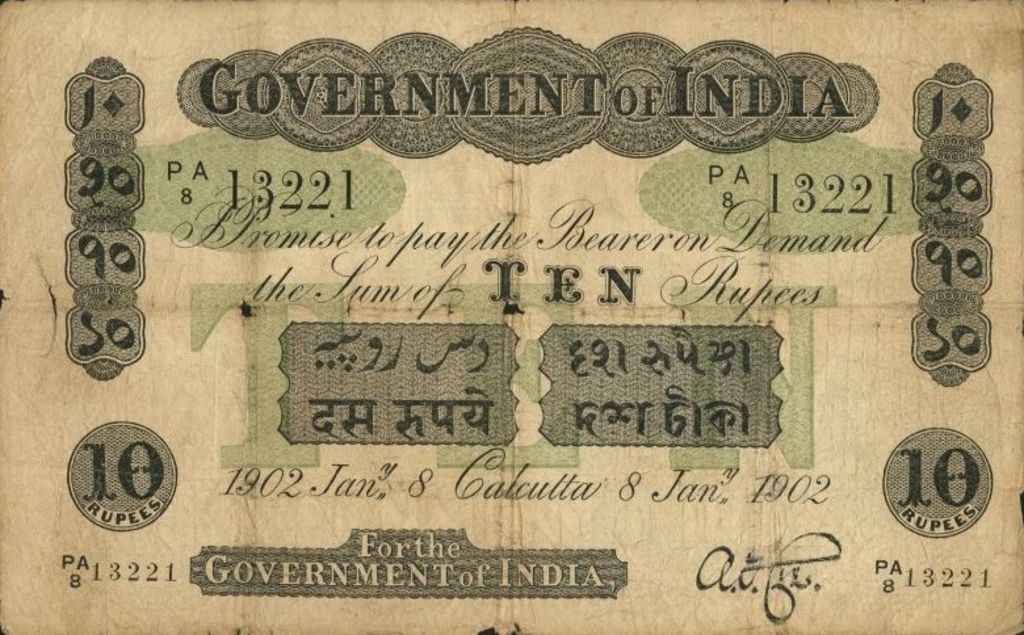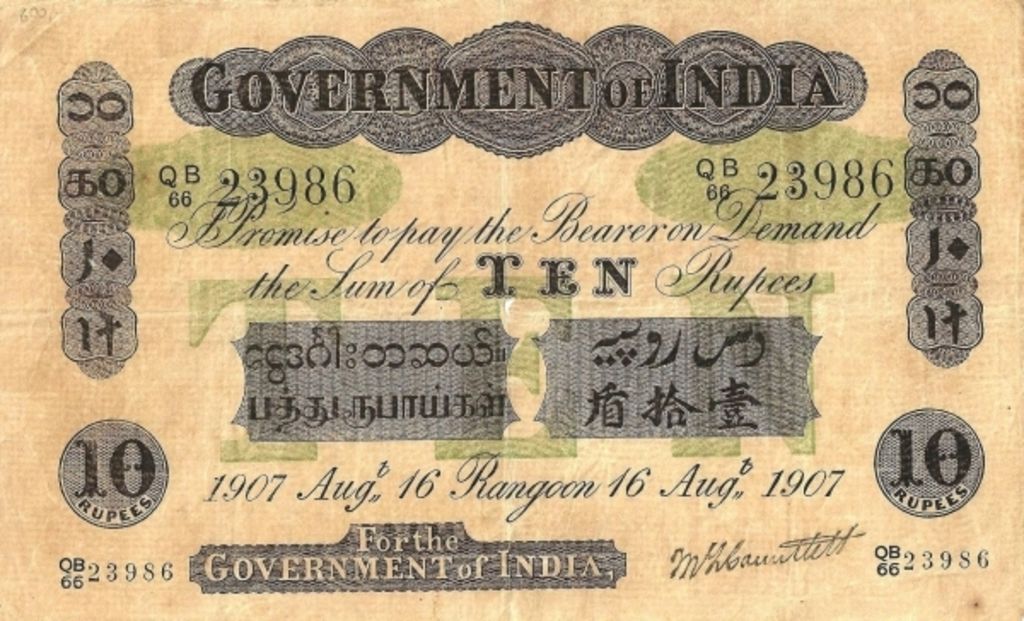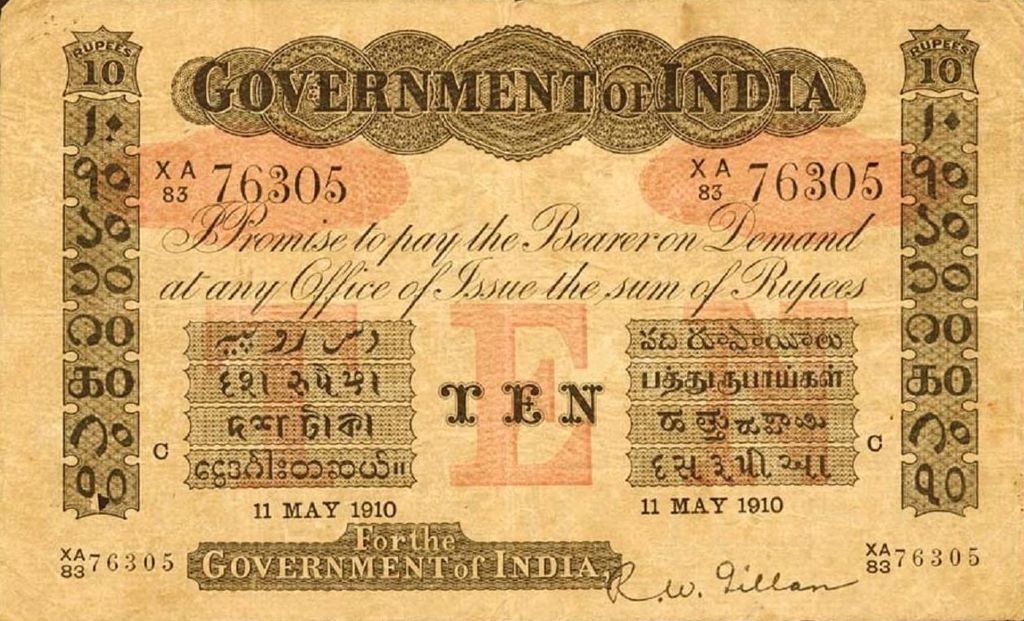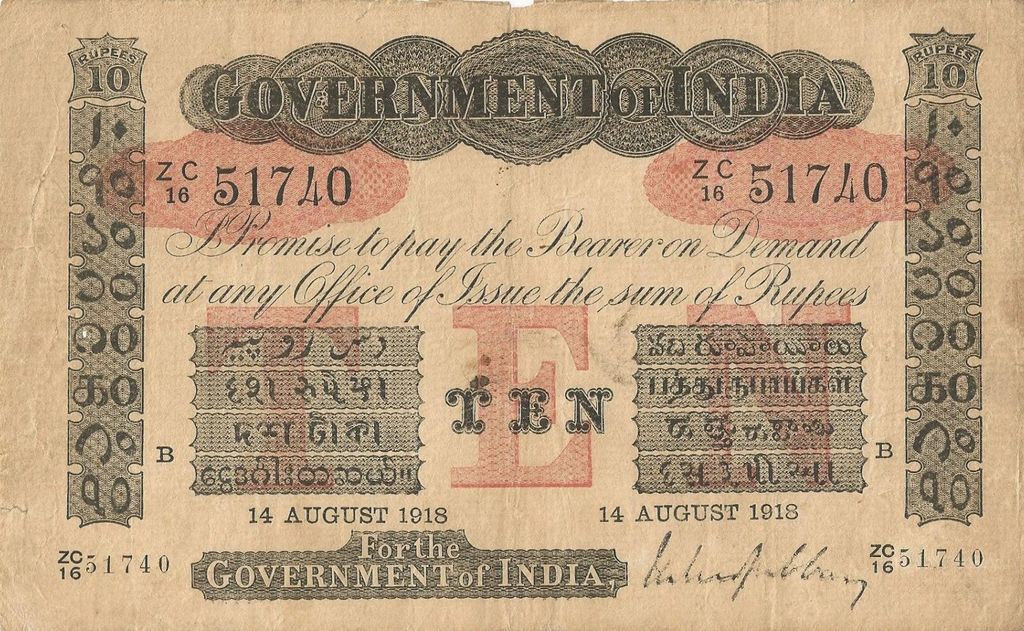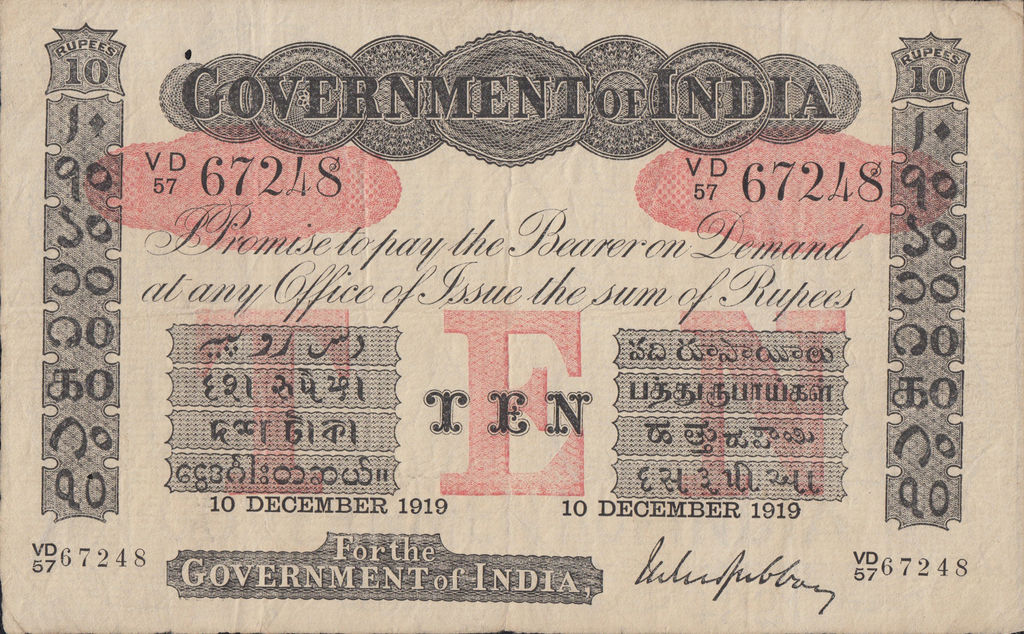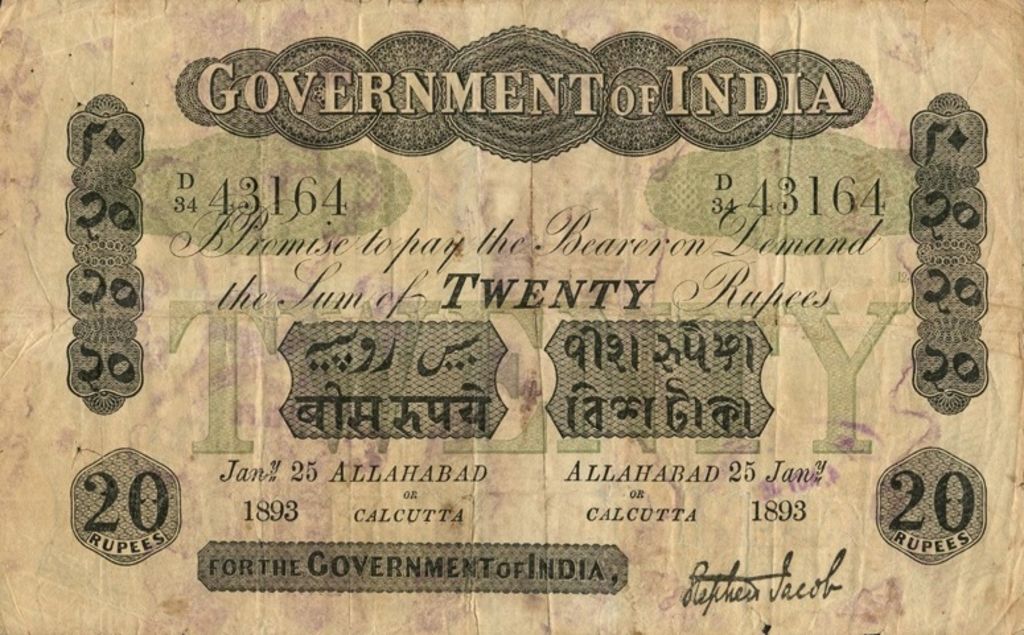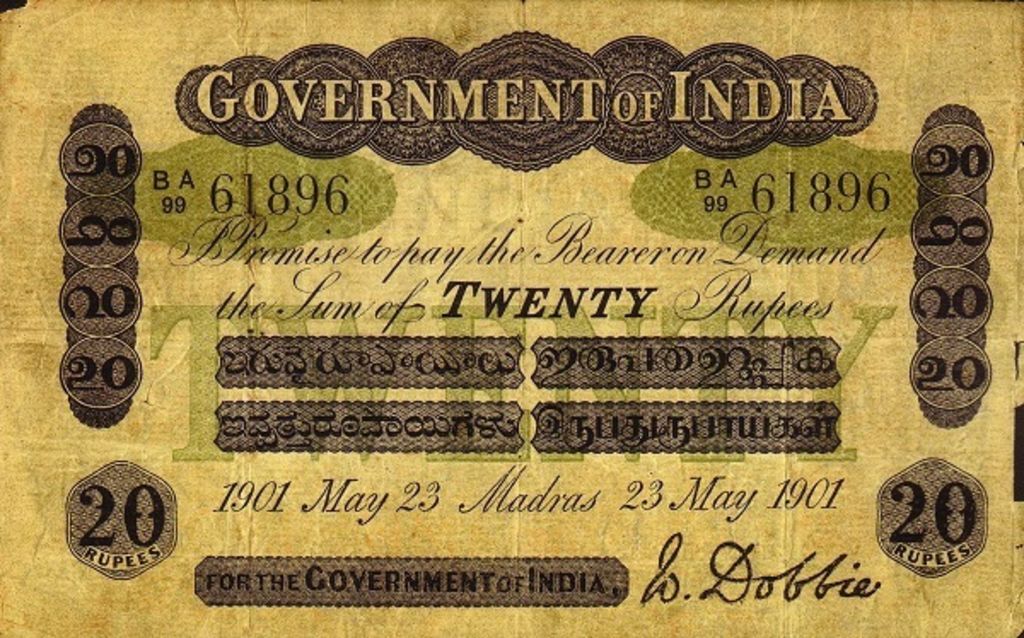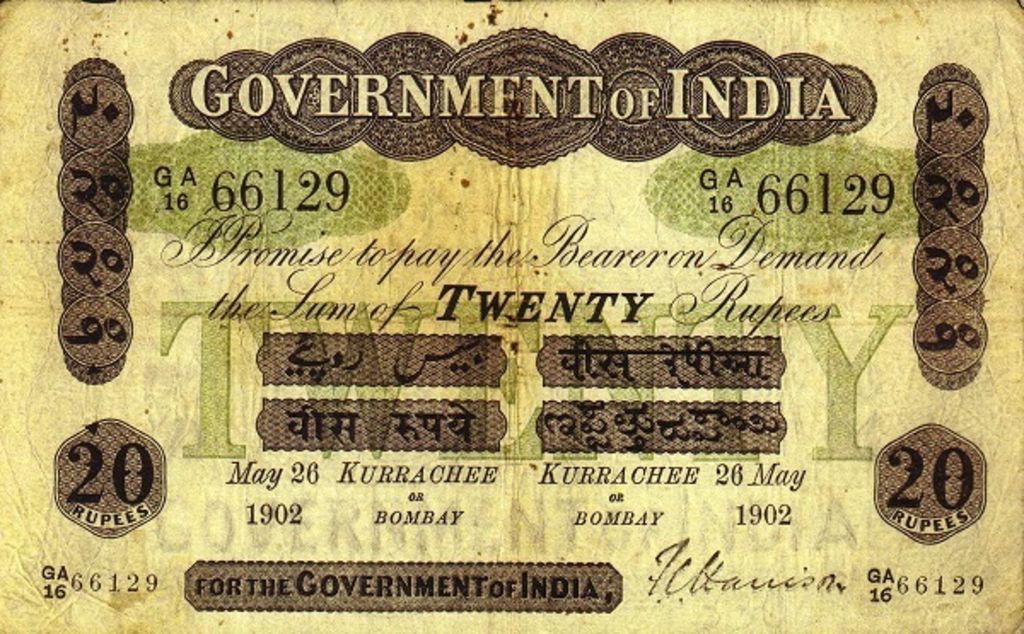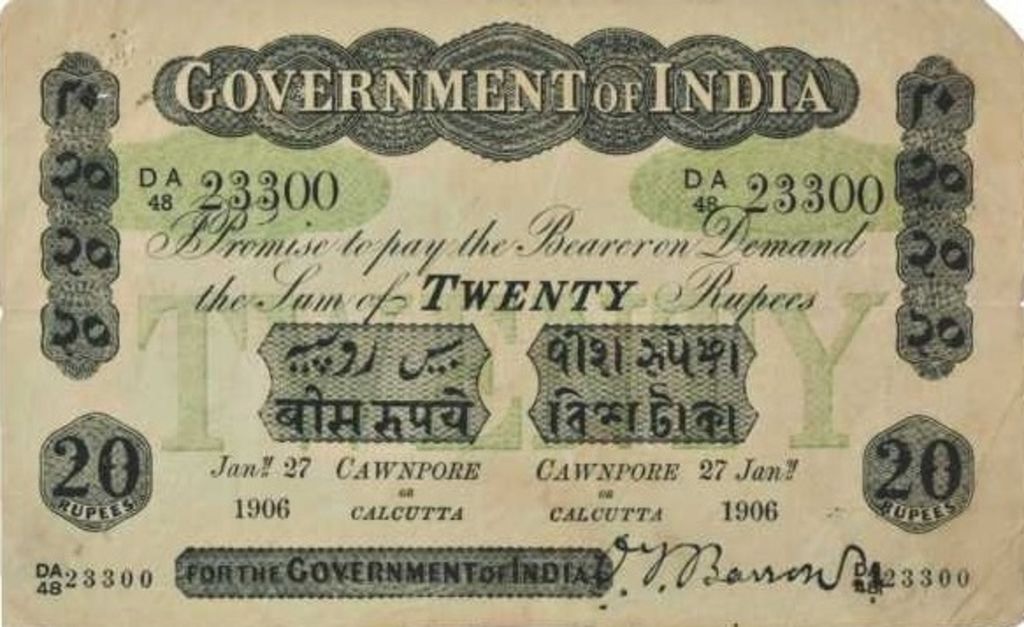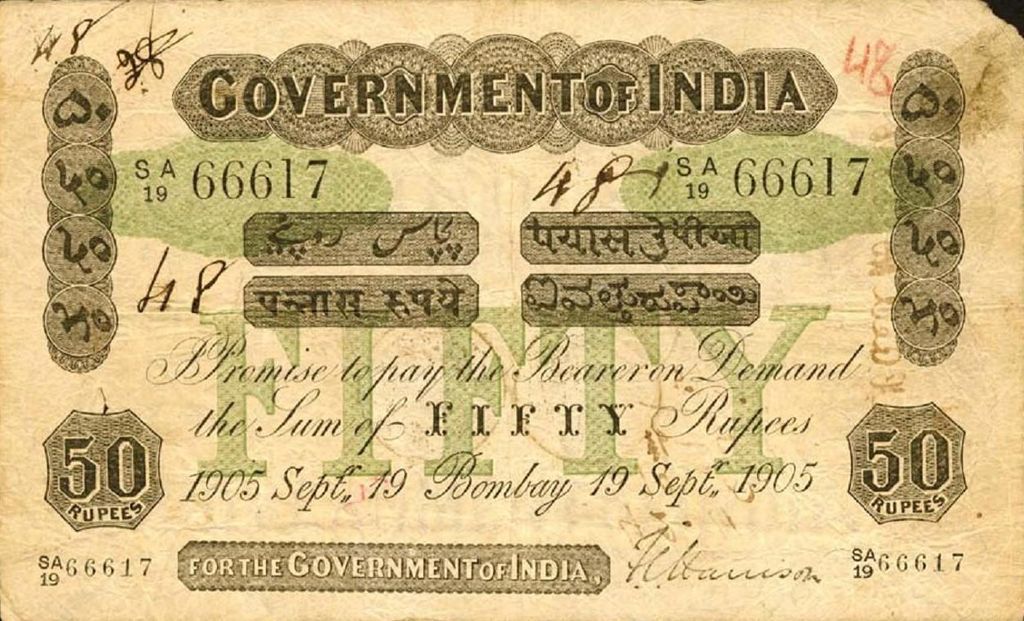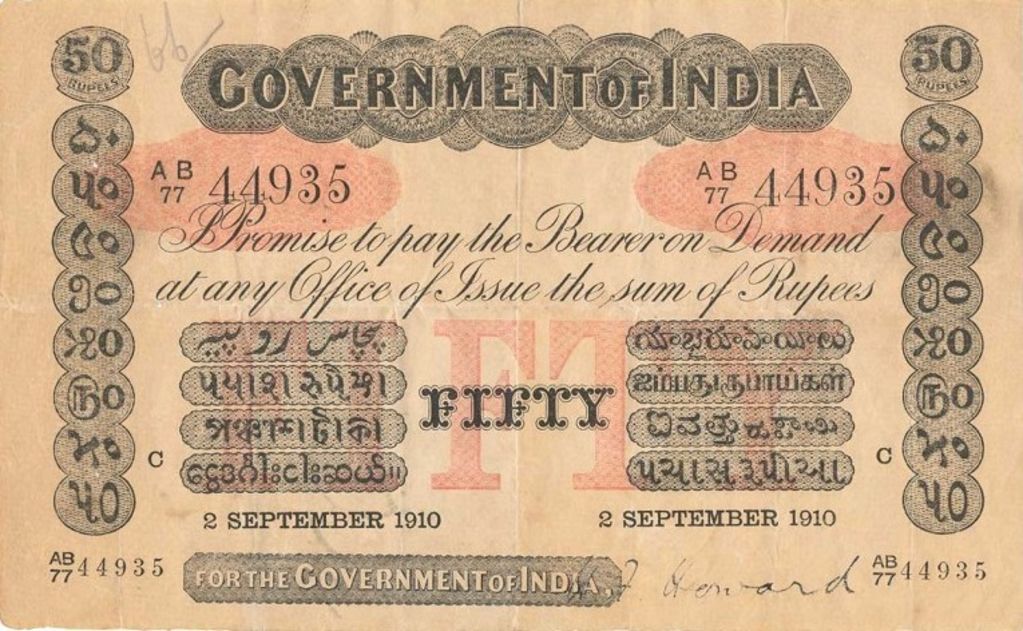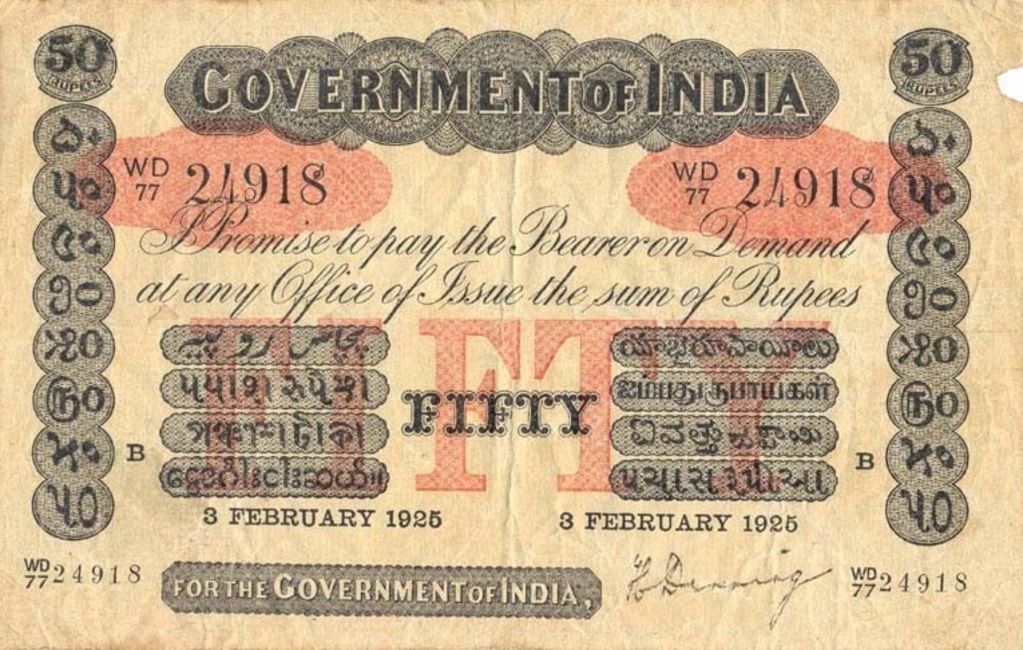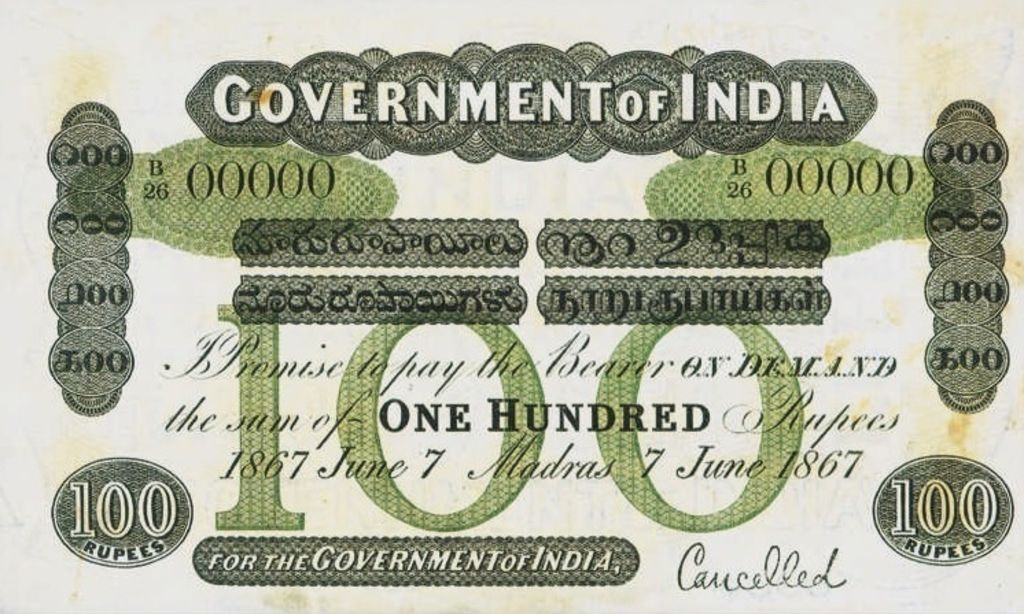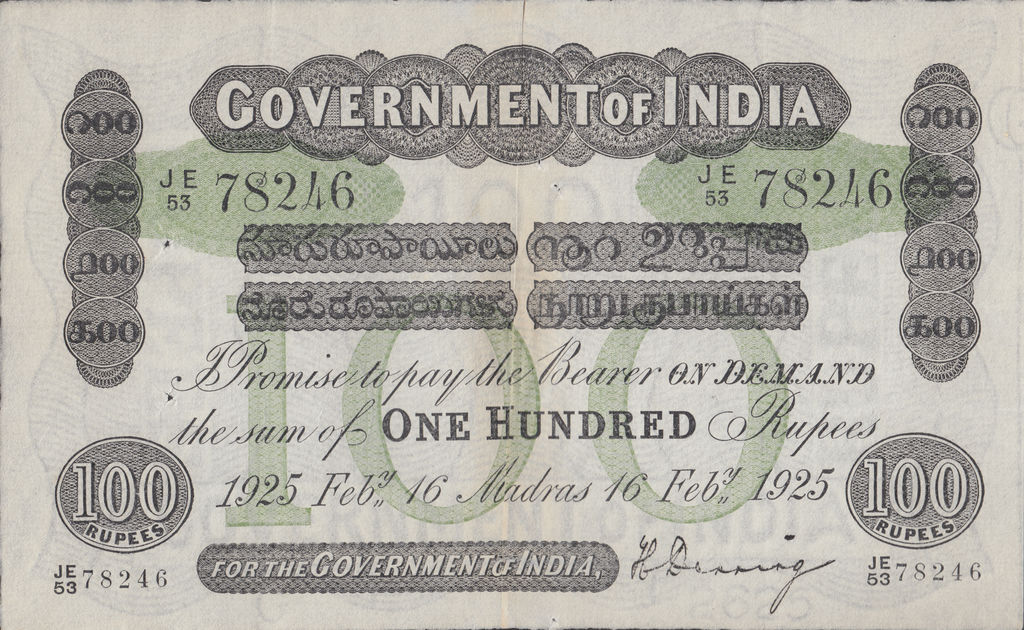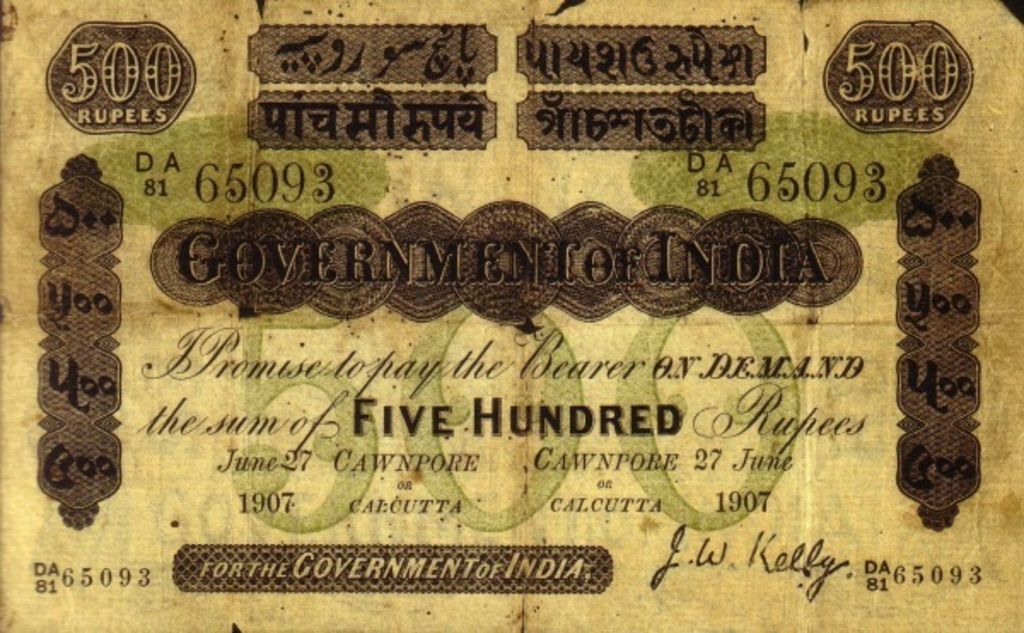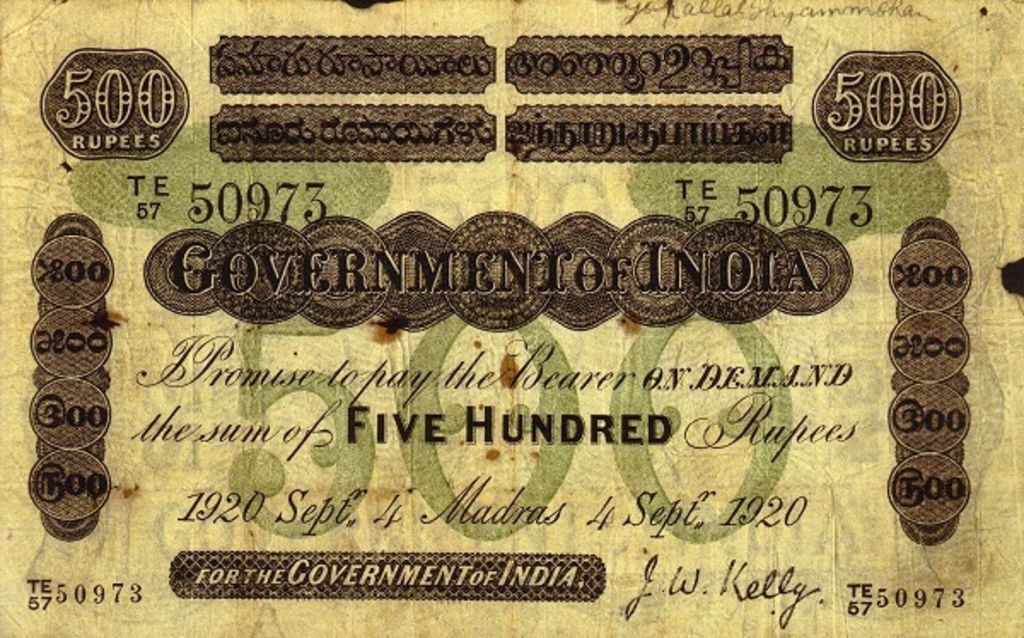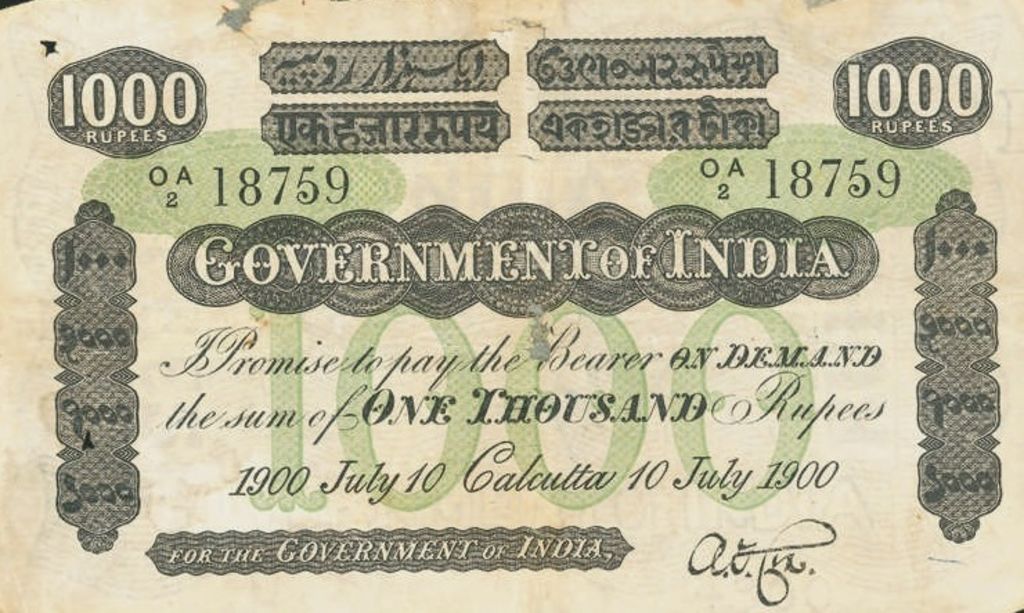India Series A Banknotes
With the increasing popularity of collecting Indian notes (and the prices they are now fetching). It is surprising how much we don't know and how much is incorrectly referenced about Indias series A issues. There are missing denominations, signatures, incorrectly described signatories, dates and a mismatch of dates versus signatures. It can be confusing and expensive, especially if sellers use the old trap "Not listed in Pick" as a way to push up prices.
Series A consists of 2 distinct types of notes, the first has the portrait of Queen Victoria and are dated from 1861-1865 with the following known denominations:
- 5 rupee. Specimen only dated 1858, it is assumed that no 5 rupee notes were issued for circulation.
- 10 rupee.
- 20 rupee.
- 50 rupee.
- 100 rupee.
- 500 rupee.
- 1,000 rupee.
The second series does not have a portrait at all and are referred as such (non portrait) in both series the notes are uniface (only printed on one side). The second series notes are known to have been produced in denominations of:
- 5 rupee.
- 10 rupee.
- 20 rupee.
- 50 rupee.
- 100 rupee.
- 500 rupee.
- 1,000 rupee.
- 10,000 rupee.
